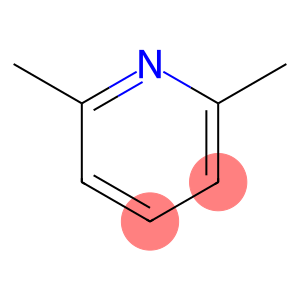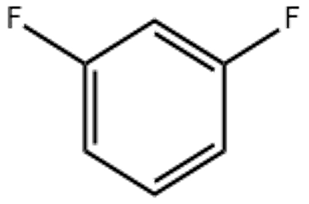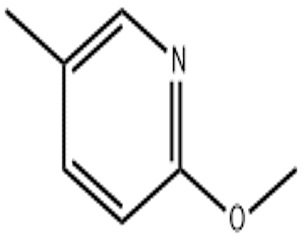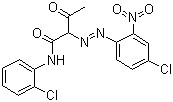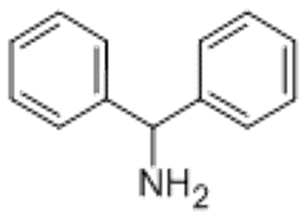2,6-Dimethyl pyridine(CAS#108-48-5)
| Risk Codes | R10 – Flammable R22 – Harmful if swallowed R36/37/38 – Irritating to eyes, respiratory system and skin. R20/21/22 – Harmful by inhalation, in contact with skin and if swallowed. |
| Safety Description | S26 – In case of contact with eyes, rinse immediately with plenty of water and seek medical advice. S36/37 – Wear suitable protective clothing and gloves. S16 – Keep away from sources of ignition. S36 – Wear suitable protective clothing. S36/37/39 – Wear suitable protective clothing, gloves and eye/face protection. |
| UN IDs | UN 1993 3/PG 3 |
| WGK Germany | 3 |
| RTECS | OK9700000 |
| FLUKA BRAND F CODES | 8 |
| TSCA | Yes |
| HS Code | 29333999 |
| Hazard Note | Irritant/Flammable |
| Hazard Class | 3 |
| Packing Group | III |
| Toxicity | LD50 orally in Rabbit: 400 mg/kg LD50 dermal Rabbit > 1000 mg/kg |
Introduction
2,6-dimethylpyridine is an organic compound. The following is an introduction to the properties, uses, preparation methods and safety information of 2,6-dimethylpyridine:
Quality:
2,6-Dimethylpyridine is a colorless liquid with a strong pungent odor.
Use:
2,6-Dimethylpyridine has a variety of applications:
1. It can be used as a catalyst and reagent in organic synthesis reactions.
2. It is used as a raw material for the preparation of dyes, fluorescents and organic materials.
3. Used as solvent and extractant, widely used in bulk chemical reactions and pharmaceutical industry.
Method:
2,6-Dimethylpyridine is often produced by the reaction of acetophenone and ethyl methyl acetate.
Safety Information:
1. It has a pungent odor and should be avoided for prolonged contact and avoid inhaling gases or vapors.
2. Appropriate protective gloves, goggles and protective clothing should be worn during operation.
3. Avoid contact with strong oxidants and strong acids to avoid dangerous reactions.
4. When storing, the container should be tightly closed, away from fire and high temperature environment.


